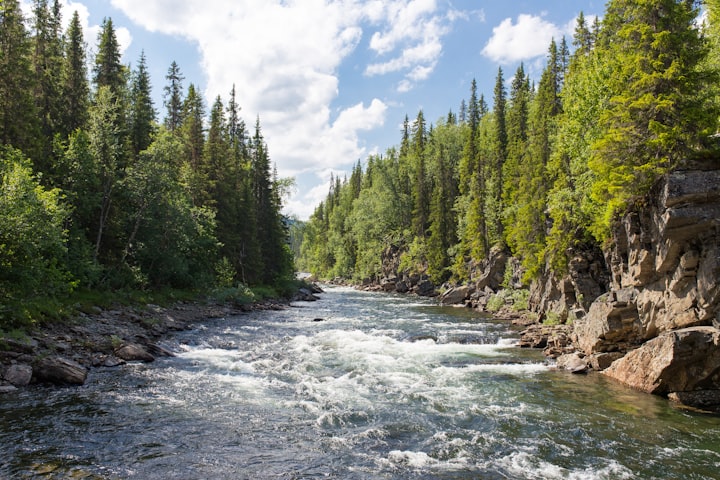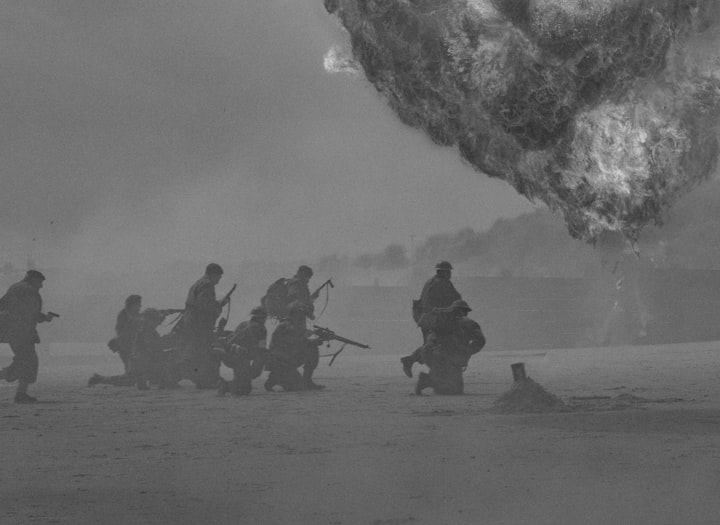
A few days after the discovery of the rosetta stone and the news of the pharaohs and crocodiles eating people, it was in the fertile banks of the Nile that one of the most remarkable civilizations on Earth, ancient Egypt, was born about 3000 BC. For thousands of years, the Egyptians relied on the Nile for water, which flowed through the Ethiopian highlands of Central Africa. The water and mud of the flood plains form the basis of civilization and serve as an inspiration to the people who lived in Northeast Africa during this critical period of history.
The Nile River that flows through the highlands of Ethiopia and Central Africa is the longest in the world in 11 countries, and the waters of the Nile River flow from these lands down into the Egyptian desert.
When Ethiopia began building a major Nile power station in 2011 from the highlands of Ethiopia and Central Africa and is the largest in the Blue Nile, it seemed that Egypt under the river would continue to face its long-running threat of war to protect its lifeline. However, ministers from Egypt, Ethiopia, and Sudan agreed based on a dam management agreement.
In 1951, American John Goddard and two French explorers were the first to navigate across the Nile from its source in Burundi to the possible headwaters of the Kagura River in the same country as it flows into the Mediterranean Sea - a project yet to be completed. The White Nile Expedition led by South Africa Hendrik Coetzee began on January 17, 2004, in Lake Victoria in Uganda and reached the Mediterranean Sea four and a half months later in Rosetta. This trip successfully crossed rivers with a total distance of 3,700 kilometers.
The Nile is a prominent feature of the African continent and the longest river in the world. It flows more than 2,600 miles [6700 km] from the Rwandan and Burundian Great Lakes region via Lake Victoria and north through Egypt to the Mediterranean Sea. Its basin covers about one-tenth of the surface of Africa, and its water supplies some 300 million people in 11 countries [1].
The Nile River flows from Lake Victoria in Uganda, Tanzania, and Kenya today and flows more than 4,000 miles [6,600 km] north into the Mediterranean Sea, making it one of the longest rivers in the world. In addition to ancient Egypt, the Nile borders the borders of 10 other African countries: Burundi, Tanzania (formerly Rwanda), the Democratic Republic of Congo, Kenya, Uganda, Sudan, Ethiopia, and South Sudan.
At 6,695 kilometers the Nile is one of the world's largest waterways and is considered to be the longest river in the world and the most important natural architecture in human history. The Nile River in Egypt originates in Africa where the Mediterranean occupies the countries of Sudan, Burundi, Rwanda, the Democratic Republic of Congo, Tanzania, Kenya, Uganda, Ethiopia, and Egypt Length: 4,695 miles (4,180 miles) avg.
The Blue Nile begins at Lake Tana in Ethiopia and then runs southeast through Sudan. It is produced in the Great Lakes region of central Africa from spring in southern Rwanda and traverses Tanzania, Lake Victoria, Uganda, and South Sudan. The blue Nile is a large source of water in the Nile with fertile soil and is the longest of both.
Although Lake Victoria is not far from the actual source of the Nile, most of its rivers flow from the surrounding mountains. In 2006 a British explorer named Neil McGrigor told us that he had gone to a well near the headwaters of the Magera River, the tallest canal in Lake Victoria. Experts do not agree that the tributaries of this river are the longest and most distant source of the Nile.
The river flows west through Sudan and then flows into the West Mountain near Khartoum. Next, it flows into the Egyptian wilderness to the great lake, where it flows into the Mediterranean Sea.
Ondaatje states that 85 percent of Lake Albert's water does not come from Lake Victoria. This is said in the mountains of Rwenzori, also known as the "mountain of the moon" in the Democratic Republic of Congo. Water from rivers flows into Rippon Falls, Speke said, and the waterfalls overflow into Lake Albert.
The cultural influence of Egypt is most evident in the SUDD, a large impassable swamp that absorbs water from lakes and the equator, such as the White Nile, Burundi, Rwanda, Kenya, Tanzania, and Uganda. In 1841, Nile historian Robert O. Collins reported swamping.
It was not until the 21st century that it became clear that the Holy Nile was part of a larger network of rivers, streams, and lakes from the Mediterranean Sea, which cut through the remote Burundian mountains of Tropical Africa in the highlands of Ethiopia in the Horn of Africa. It was also clear that the amount of water flowing into the Nile was very small, at only 2 percent of the volume of the Amazon and only fifteen percent of the volume of Mississippi [86] in Ethiopia.
Despite many requests from archaeologists over the centuries, the source of the Nile remains an open question, according to modern experts. Without their abundant water supply, the ancient Egyptians would not have accumulated the wealth and power needed to build the pyramids and control the vast masses of land that began some 5,000 years ago.
The Nile rises near the equator, flows northeast of Africa, and flows into the Mediterranean Sea. The river has a length of 6,650 km and a water supply of approximately 3,349,000 square kilometers. The Nile River consists of parts of Tanzania, Burundi, Rwanda, the Democratic Republic of Congo, Kenya, Uganda, Sudan, South Sudan, Ethiopia, and Sudan as well as the cultivated parts of Egypt.
About the Creator
Radha Karki
I am very curious ar learning new things, love to read books, paintings, art, and love singing too.





Comments
There are no comments for this story
Be the first to respond and start the conversation.